Hermitages of Majella, which ones to see: the 10 most spectacular ones
Majella, a majestic and rugged mountain in the heart ofAbruzzo, holds centuries-old places of worship set in the pristine wilderness of its National Park, which, with an area of more than 740 square kilometers, offers spectacular landscapes rich in biodiversity and history. They represent a historical testimony and a treasure of spirituality for anyone who approaches them. The presence of the Celestinians in Majella dates back to the 11th century, when men of faith from different parts of the world arrived in this region in search of a remote and silent place where they could dedicate themselves completely and fully to prayer and meditation. It was indeed Pietro del Morrone, the future Pope Celestine V, who started this hermitic tradition in the Majella: before founding the hermitage of Sant’Onofrio al Morrone, he lived for a period precisely in isolation inside a cave on Mount Morrone. From that time on, there were many hermits who joined the Celestinian community in Majella, founding new hermitages and spreading their spirituality throughout the region. Men of extreme faith, these, who dedicated their entire lives to prayer, meditation and asceticism, finding in these places isolated from the world, the ideal refuge to get closer to God. In this article, we will explore the main Celestinian hermitages of the Majella, discovering their stories, the wonders they contain and the impact they had on the lives of the hermits who inhabited them.
1. Hermitage of Sant’Onofrio al Morrone
Located on the summit of Mount Morrone, on a rocky ledge, the hermitage of Sant’Onofrio al Morrone represents one of the most significant places in the Celestine tradition in Majella. This hermitage, restored by Celestine V, is located in a breathtaking panoramic position and offers spectacular views of the city of Sulmona and the Abbey of Santo Spirito. The hermitage of Sant’Onofrio al Morrone, carved into the rock and harmoniously integrated with its surroundings, is often compared to an immense eagle’s nest overlooking the valley, where inside, one can find a place of peace and reflection. Passing through the oratory with 13th-century frescoes, one arrives at the cells used by the future pope and by Robert of Salle, one of his most faithful and youngest disciples. Walking just five minutes downhill, on the other hand, one can admire the Italic sanctuary of Hercules Curino and the sacellum decorated with Hellenistic-style polychrome paintings and mosaics.
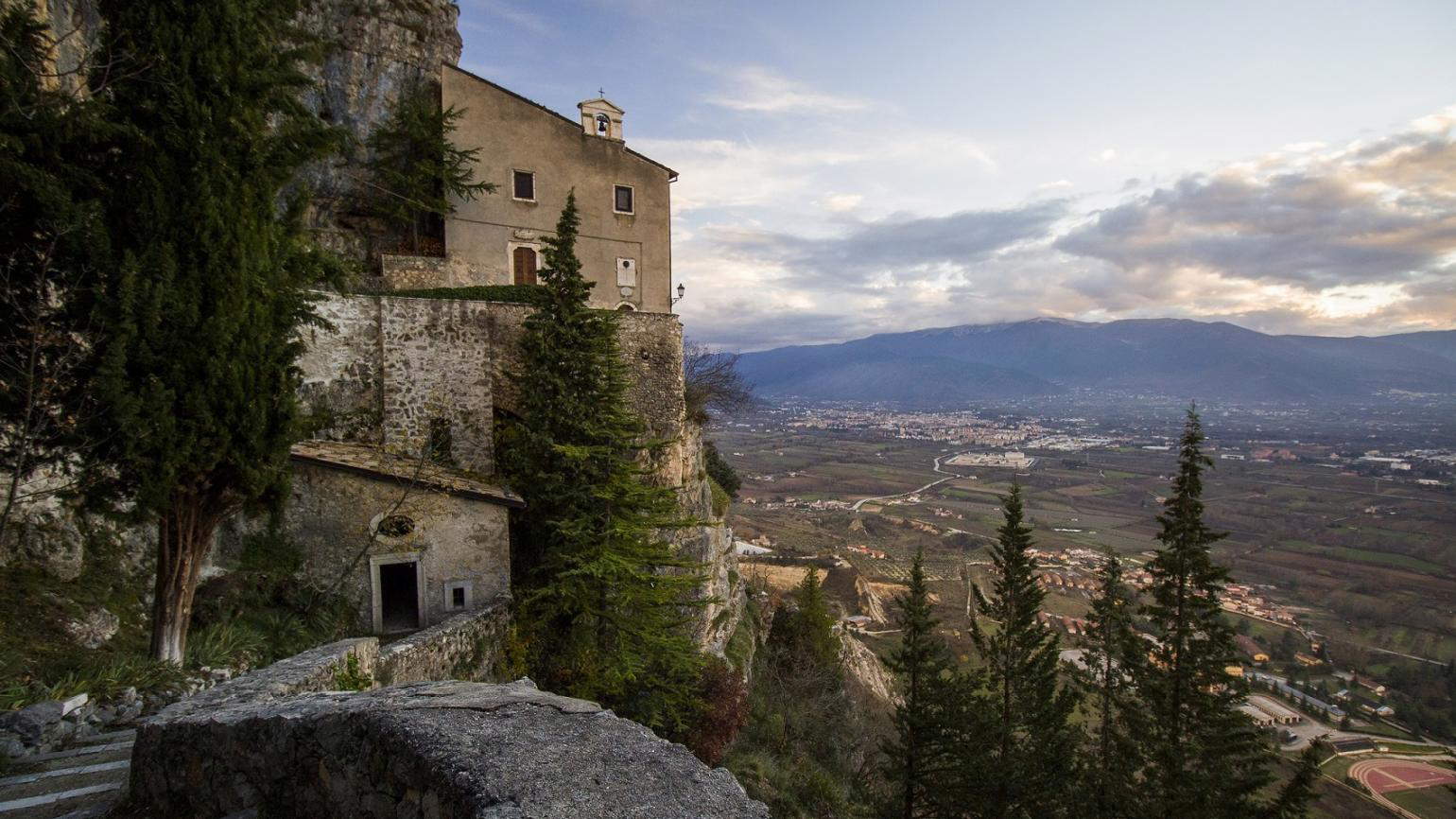
2. Hermitage of San Bartolomeo in Legio.
Located in the municipality of Roccamorice, the hermitage of San Bartolomeo in Legio is an extraordinary work of art carved into the rock. This hermitage, dating back to the 13th century, offers a striking view of an austere and majestic place, and to reach it it is necessary to walk along a path that leads to the entrance steps, carved into the rock itself. Inside the hermitage of San Bartolomeo in Legio, one can admire medieval frescoes depicting religious scenes and saints venerated by the Celestine community. The architecture of the Celestinian hermitages reflects their purpose, with simple stone buildings that blend harmoniously with their surroundings, and each one has a chapel or church that houses valuable frescoes and religious artwork. This place, too, was frequented by the “Pope of the Great Refusal” from the mid-13th century, and the Holy Staircase and the hermit cell where the pope stayed can still be seen today.
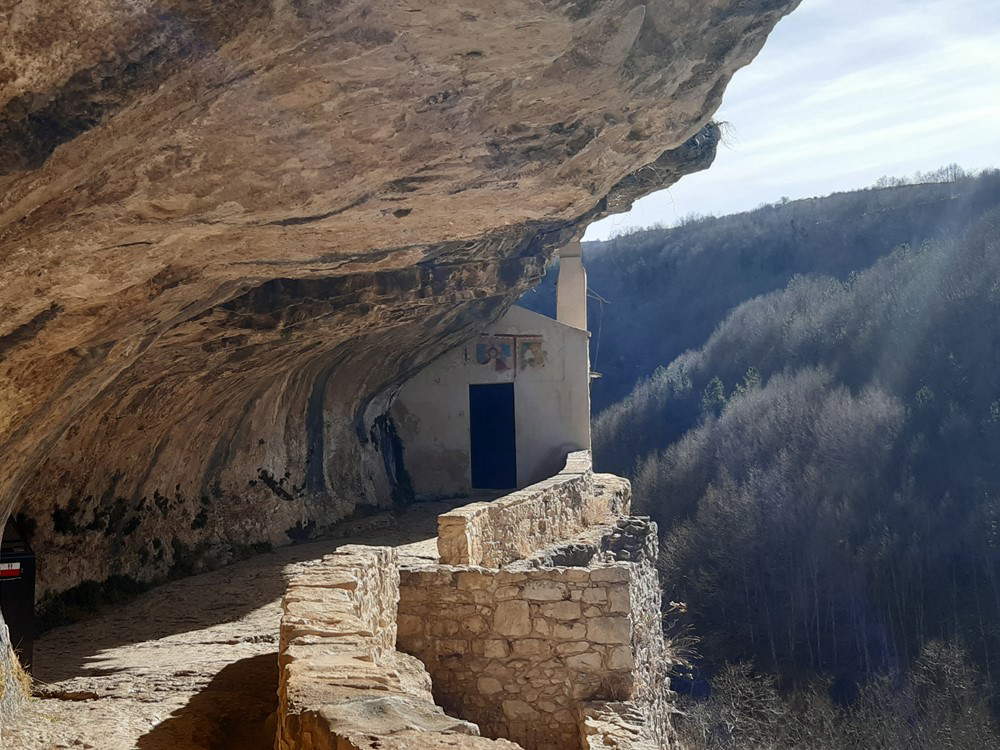
3. Hermitage of Santo Spirito a Majella
Located in the Vallone di Santo Spirito, the hermitage of Santo Spirito a Majella is an important stop on the Spirit Trail. The earliest documented traces date back to the presence of Desiderio, in 1053, who chose to dwell there in the company of other hermits, and as time went on, it was Desiderio himself who directed the construction of a modest little church, laying the foundation for what would become an important center of spirituality. However, the real transformation came in 1246, when Pietro da Morrone, with a critical eye on the structure’s precarious condition, dedicated himself to the task of renovation. That year marked the beginning of work on the oratory, a sacred place of prayer, and the addition of a modest little cell, where spirituality could flourish undisturbed. From this time on, there were many legends associated with the place, many of them revolving around the enigmatic figure of Pietro da Morrone. There are tales of encounters with demonic forces, sacrilegious acts that desecrated the sacred place and the resulting punishments. Perhaps it was also thanks to them that the hermitage attracted the attention of the famous poet Petrarch, who mentioned it in his De vita solitaria. In this work, the hermitage was described as a place of solitude conducive to spiritual asceticism, a refuge where the soul could find peace and connection with the divine.
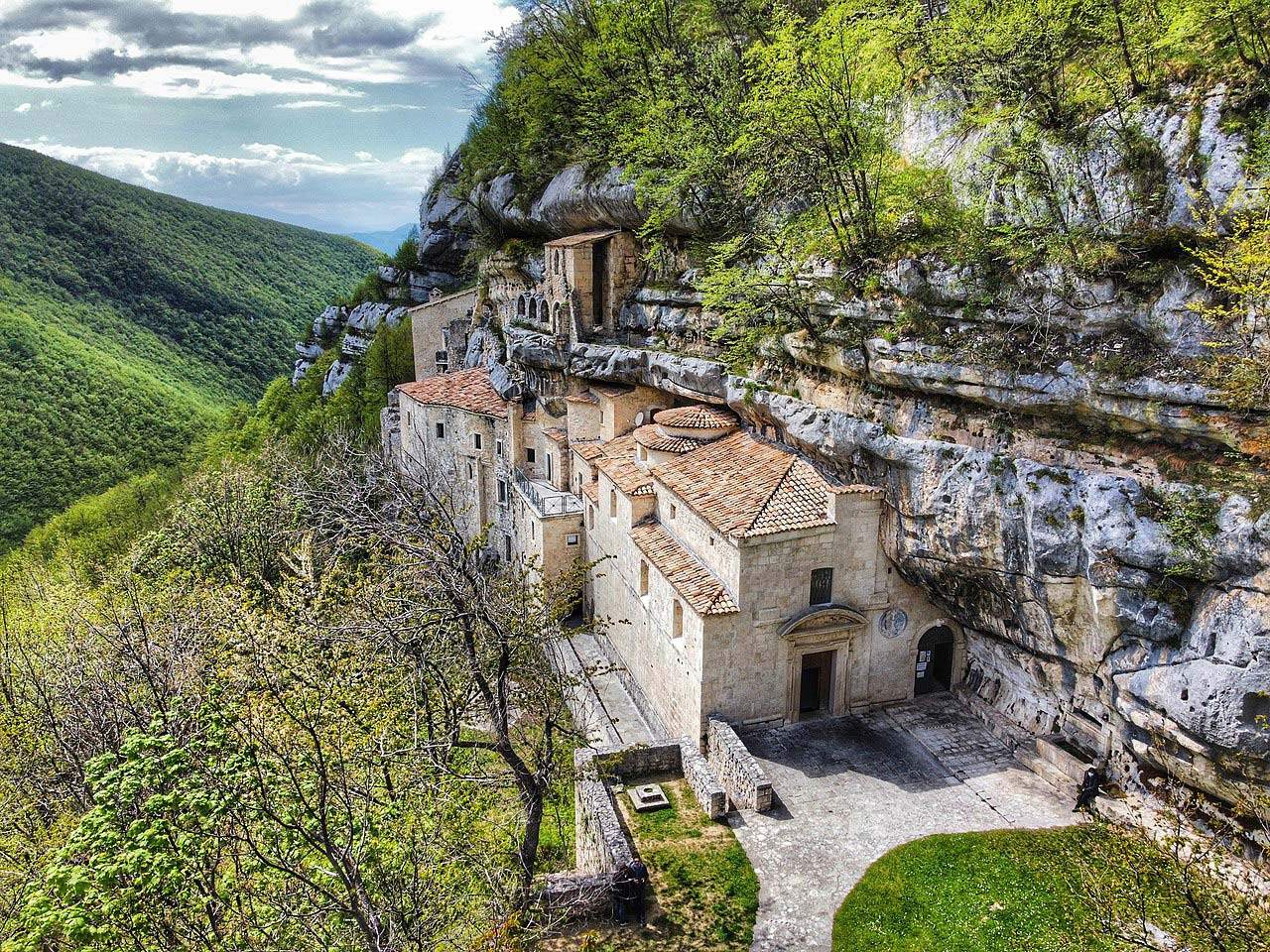
4. Abbey of San Martino in Valle
The Abbey of San Martino in Valle, located near the town of Fara San Martino, represents one of the oldest and most evocative Celestinian sites in Majella. This ancient Benedictine abbey, built in the 9th century, has recently been restored and opened to the public and is located at the mouth of the Vallone di Fara and can be reached via a path leading to the spectacular San Martino Gorges. The interior of the church, with its stone slab flooring, must have been three-aisled with a three-arched wall separating the central aisle from the northern aisle from which it was accessed and was most likely the central core carved out of the rock in which the hermitage stood in the past.
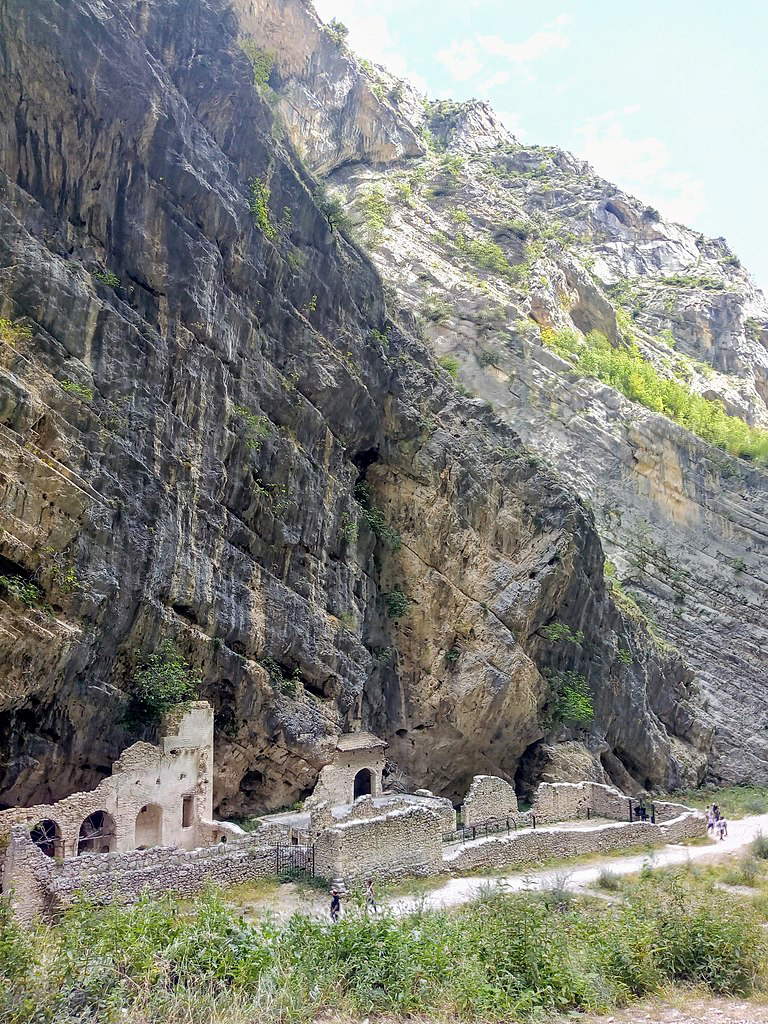
5. Hermitage of San Giovanni all’Orfento.
Located on the Spirit Trail, the hermitage of San Giovanni all’Orfento represents another Celestinian jewel in the Majella. This hermitage, built inside a cave, gives a feeling of mystery and sacredness to anyone who visits it. To enter the hermitage, it is necessary to crawl on one’s belly for a few meters, a symbolic gesture that recalls the humility and devotion of the hermits who lived here. Celestine V lived here for almost nine years, with some of his disciples, and this, of all places, was his favorite hermitage
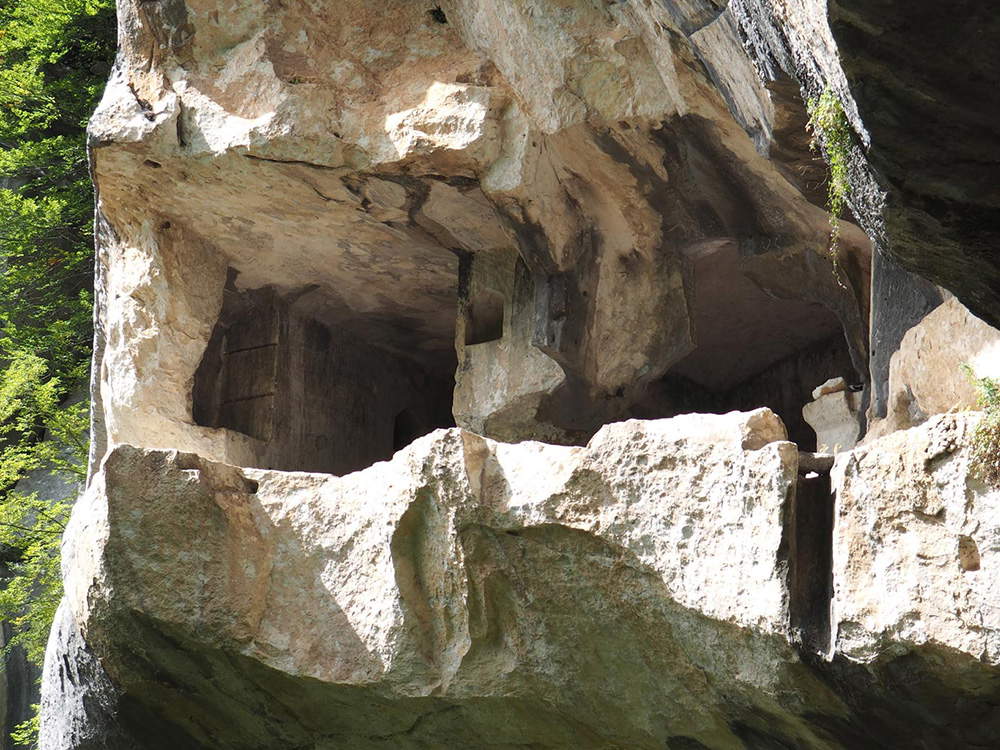
6. Hermitage of Our Lady of the Altar
Set on Mount Porrara at an altitude of nearly 1,300 meters, the Celestine hermitage of the Madonna dell’Altare was built by the Celestines in the early 1300s in memory of Pietro da Morrone’s first hermitic residence between 1235 and 1238. Its being built on a cliff made access so complicated that it was almost a stronghold. To this day we do not know the significance of the dedication of the shrine to Our Lady of the Altar, but it is likely that the title may derive from the morphology of the place, which resembles the shape of an altar. A particular occasion to visit the shrine, might be the Sunday after the Feast of St. Hawk, who was a hermit and exorcist and whose body is preserved in the parish church. On this day, a liturgical service is held in honor of the saint, known as the “Saint of the Undefeated.”
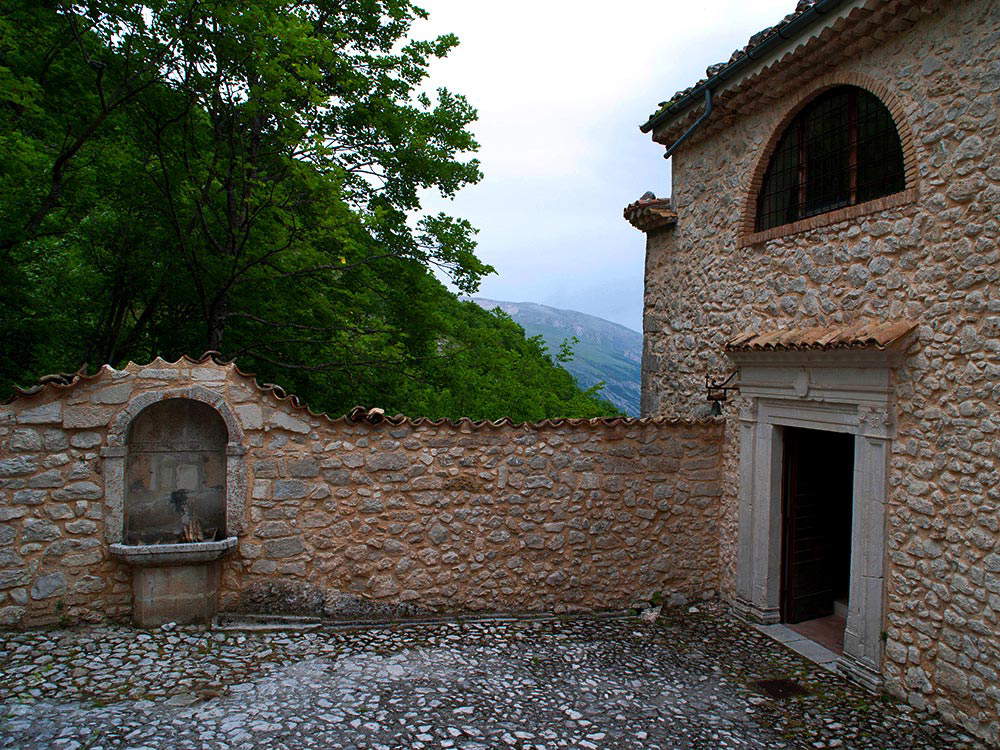
7. Hermitage of San Domenico Abate
Founded as a hermitage by a lake, San Domenico Abate is now a chapel with a cave where the saint dwelt around the 11th century. The history of Villalago’s small church most likely began as a modest structure intended to house community and monastic life, which over time became a center of spirituality and devotion, where people gathered to pray and meditate. Today it is said that, in the year 1000, St. Dominic Abbot personally dug a cave with his own hands, located in the region of Foligno. This man was born in 951 in Foligno and devoted many years of his life to hermitage and meditation, finding refuge in that same cave, now known as St. Dominic’s Grotto. Because of his holiness and the miracles attributed to him, he became a respected and revered figure among the surrounding populations.
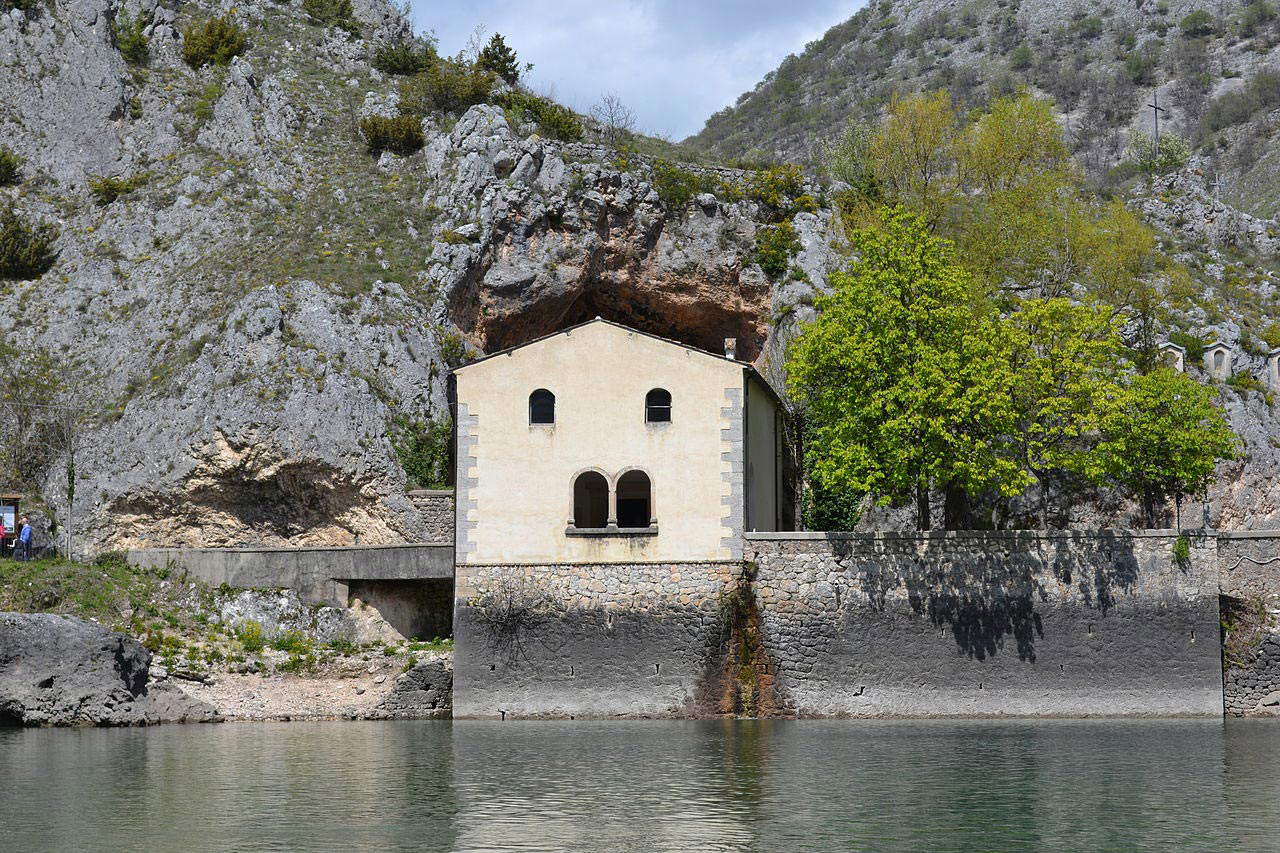
8. Hermitage of Sant’Onofrio of Serramonacesca.
The Hermitage of Sant’Onofrio di Serramonacesca is located under a rocky ledge and consists of a church and a living part on two levels.The church, rebuilt in 1948, houses a statue of St. Onofrio above the altar, with a white beard and hair. Small doors on either side of the altar lead to a rock-cut room containing the Cradle of St. Onofrio: a bed carved into the rock that is thought to have been the saint’s resting place. The cave may have initially been a place of retreat and prayer, later used for agro-pastoral activities. On the evening of June 11, the people of Serramonacesca display an illuminated cross called the “Fire of St. Onofrio,” and on the morning of the saint’s feast day, June 12, they head to the hermitage to participate in the mass and procession with a copy of the statue of St. Onofrio. According to legend it, in the past, returned to the hermitage alone.
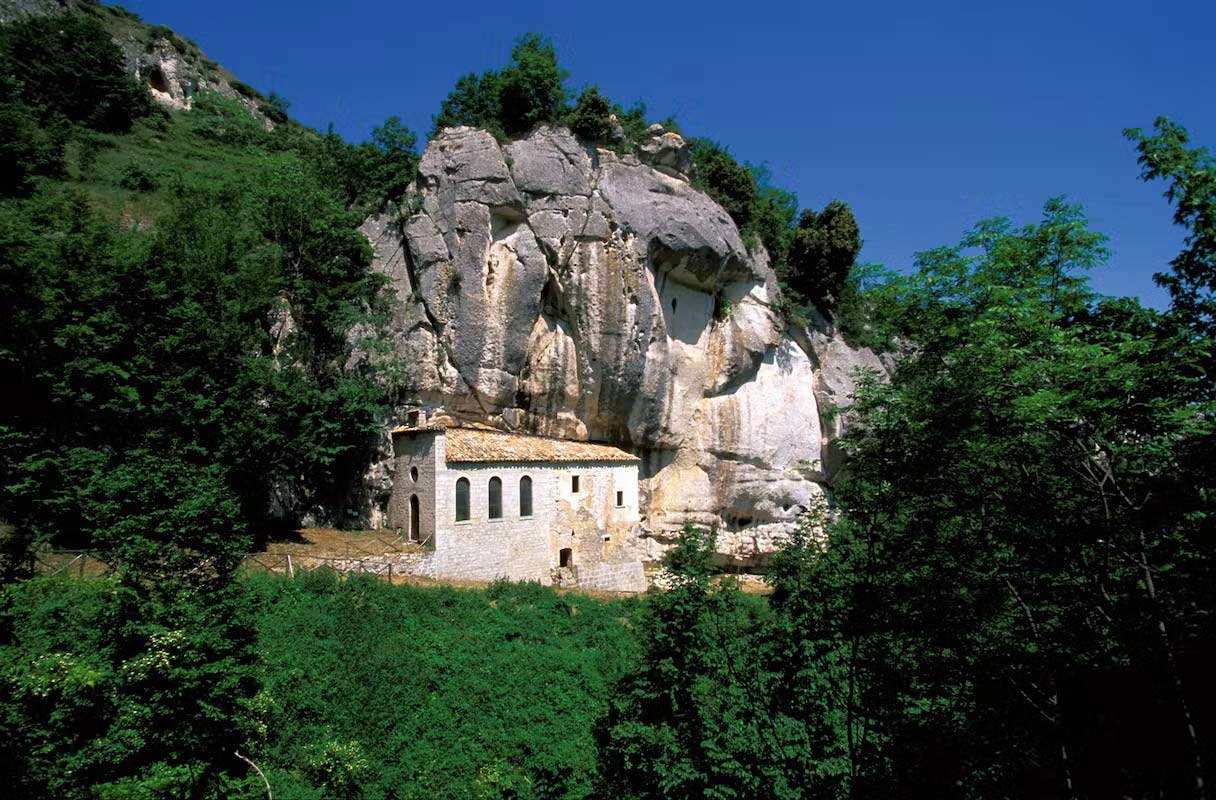
9. Hermitage of San Venanzio
The hermitage of San Venanzio is located within a decidedly scenic landscape, inside the San Venanzio gorges, not far from the borg of Raiano. It was founded in the 12th century at the place where the saint used to retire. The complex consists of a church, dating from the 15th-16th centuries, and the hermitage proper, where the saint lived. The church, covered with a barrel vault, houses a statue of St. John the Baptist and one of St. Celestine. Also worth seeing, in the chapel of the Seven Marys, is the terracotta mourning dating from 1510.
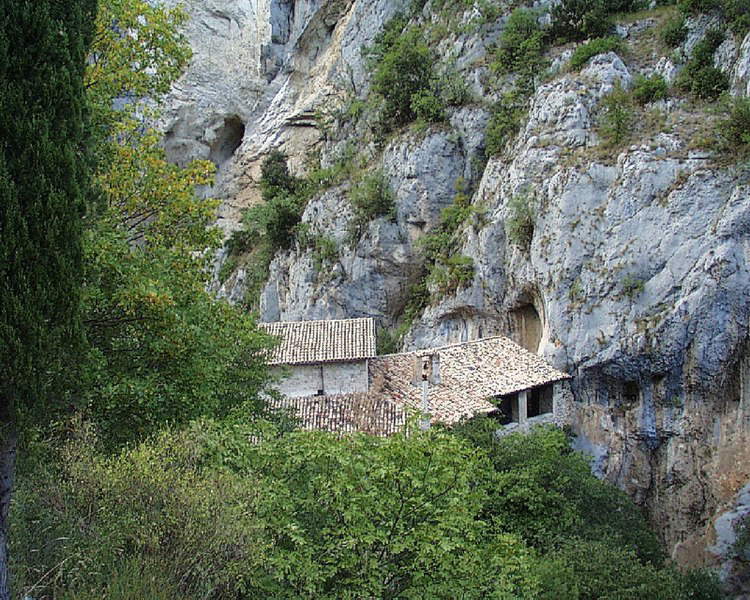
10. Hermitage of Sant’Angelo
Also known as “Grotta Sant’Angelo,” it is located in the municipality of Palombaro, in the province of Chieti. We do not know exactly when it was built (perhaps in the 11th century, on the remains of an earlier shrine dedicated to St. Bona): the first document attesting to its existence dates back to 1221. The hermitage is dug into the rock, and an architecture was leaned against the rock face, that of the church, of which today remain a couple of walls and the semicircular apse, decorated with hanging arches.
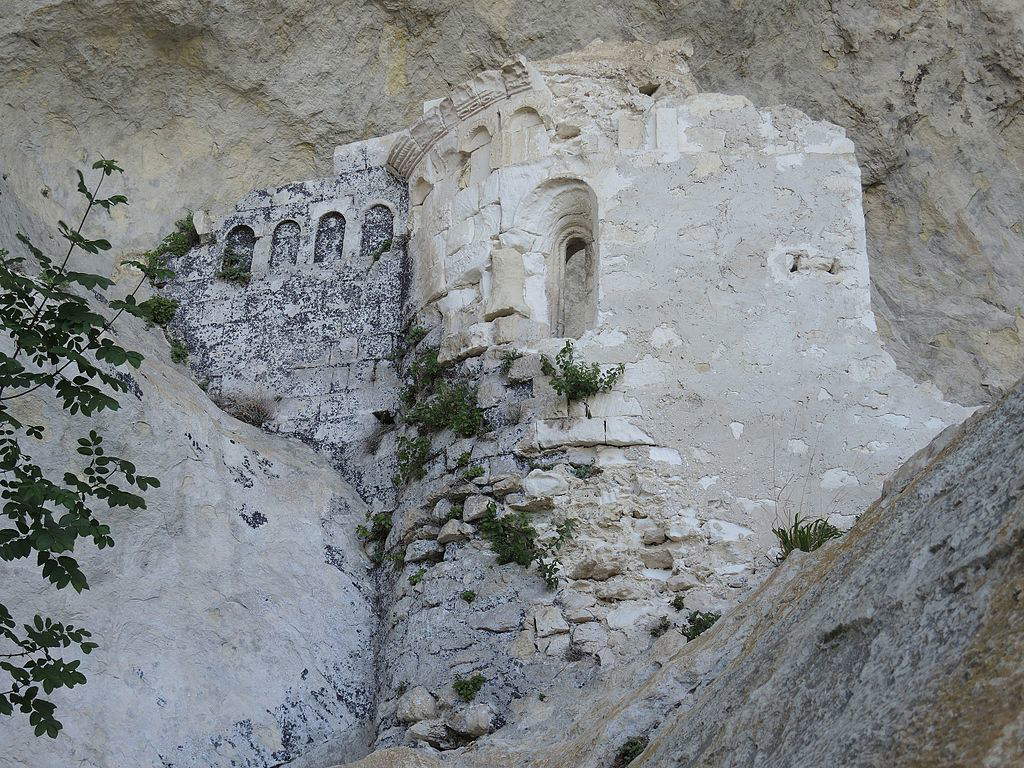
 |
| Hermitages of Majella, which ones to see: the 10 most spectacular ones |
Warning: the translation into English of the original Italian article was created using automatic tools. We undertake to review all articles, but we do not guarantee the total absence of inaccuracies in the translation due to the program. You can find the original by clicking on the ITA button. If you find any mistake,please contact us.





























